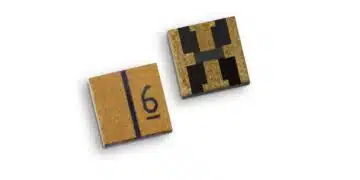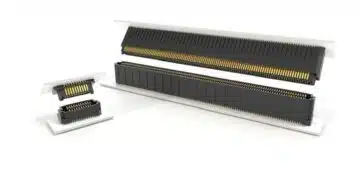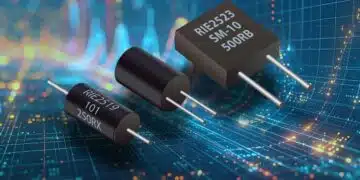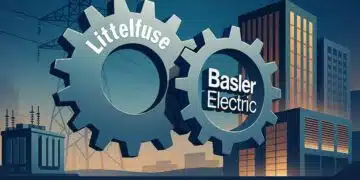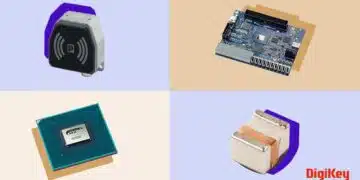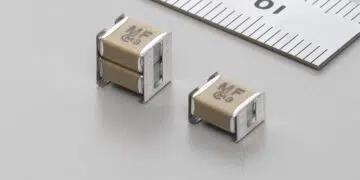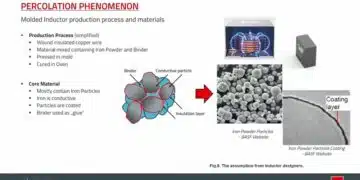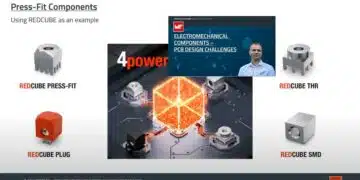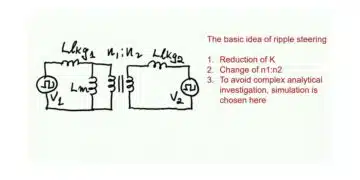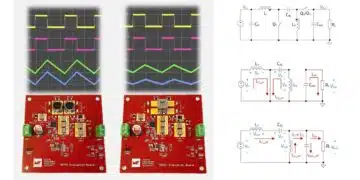Source: Jabil blog
by Graham Scott, Vice President of Global Procurement, Jabil
Managing 700,000 parts across 27,000 suppliers at any given time provides us with unique insight into key commodity trends, strategies and shortages. Therefore, it goes without saying that it’s been an interesting few years in direct procurement.
Since 2017, companies managing electronic components have been facing challenging times with successive waves of supply shortages, price hikes and lengthening lead times. A major surge in demand on one side and a critical shortage of parts and materials on the other are straining capabilities to meet demand. As a result, the market today is extremely constrained, especially for more standard passive components such as multilayer ceramic capacitors (MLCC), resistors, transistors, diodes, and even memory. Many suppliers are quoting lead times averaging 20-30 weeks.
We haven’t seen anything like this since 1999, when lead times for tantalum hit a high of more than 52 weeks and created widespread supplier allocation due to unexpectedly high OEM demand. Suppliers eventually added additional capacity, but price increases and supply shortages continued until demand stabilized and technology shifted. What is contributing to today’s turbulent landscape?
As suppliers review their portfolios and make calculated bets on investments, they are shifting their capacity to leading-edge technologies that primarily support the automotive, smartphone and Internet of Things (IoT) markets.
Many of the capital investments suppliers have made over the past few years are starting to come online adding extra capacity to the ecosystem. Suppliers will closely monitor production to align with overall demand and prevent any overshot (inventory bubble) to keep a reasonable supply/demand balance. It’s critical that OEMs closely monitor the “technology roadmaps” of the supplier community. Not aligning Approved Vendor Lists with technology roadmaps in conjunction with the end product’s lifecycle could lead to potential supply disruptions and higher component prices.
How the Automotive Industry Influences The Passives Market
The automotive industry has been experiencing a rapid transformation with products incorporating electronic components at an unprecedented rate. While we may be a few more years away from fully autonomous vehicles, cars are evolving to become even more sophisticated: with embedded software, sensors, artificial intelligence, connectivity, and yes, electrification.
Think of today’s standard combustion engine car, which has somewhere between 2,000 to 3,000 capacitors. As the electric vehicle gains market share, this creates an overwhelming growth in content—with up to 22,000 MLCCs required in a single car. This number will continue to grow as more functions become electrified.
Automotive-grade electronics sell at a higher price, due to the additional requirements around warranty and liability. Demand from the automotive sector is also somewhat stable with accurate forecasts. This makes the automotive market a high priority for passive suppliers.
Smartphone Miniaturization Leads to Component Supply Shortages
The smartphone industry is constantly on the move. As consumers expect the release of a greater model each year, leading smartphone launches have become anticipated events. For passive components and memory products, smartphones represent a significant part of overall consumption.
The math is simple but insightful. There are approximately 1.5 billion smartphones manufactured per year and each flagship model contains roughly 1,000 capacitors. With the total global output of MLCC sitting at roughly three trillion pieces per year, you can quickly deduce that nearly 50 percent of the MLCC output goes directly to smartphone manufacturers. This makes the smartphone market the primary driver of consumption and technology.
A slowdown in the smartphone market has created an opportunity for greater supply. Smartphone sales have peaked recently. If an uptick in demand happens it could flip the supply/demand picture.
How does the IoT Boom Affect Component Supply Shortages?
There will be more than 20 billion IoT devices deployed by 2020 according to Gartner, representing more than 100 percent growth in the number of these devices in the next two years. OEMs are working to leverage connectivity features to their advantage, introducing electronic components to previously analog products—doorbells, light switches, paper dispensing products and more.
This explosion of growth unlocks new business opportunities and models for OEMs worldwide, but it creates additional demand on an already constrained market.
Where are Component Supply Shortages Headed?
These moves have created a high-risk environment for mature, less-profitable product families. Suppliers that continue to manufacture components for legacy products will only produce parts at profitable levels, leading to price increases for the wider customer base.
The market is softer due to macroeconomic events and global uncertainties. This, in turn, has led suppliers to soften their position with regards to the rapid technology transition many spoke of. Although suppliers still have the strategic outlook to move to newer products due to factory utilization, we’re seeing some additional short-term support for legacy products.
Jabil’s procurement intelligence team is forecasting that the current supply/demand cycle for automotive-grade and legacy ceramic capacitors could be as long as four years.
As we look toward the next five years, you can expect a supply recovery on products that are attractive investments to suppliers—the latest and greatest technologies. Jabil’s procurement intelligence team is forecasting that the current supply/demand cycle for automotive-grade and legacy ceramic capacitors could be as long as four years. Meanwhile, we can expect to see ongoing supply issues in legacy and mature products. OEMs that don’t transition to modern components further up the technology curve must be prepared to battle for components every single day.
The current conditions amplify the need to have supply chain involvement in all areas of your business, from design to pre-production all the way to end-of-life management and product delivery. If you miss out working on any of these areas, you run the risk of having a disrupted product.
In a Component Supply Shortage, Relationships are Key
In an effort to keep the market somewhat balanced, suppliers are turning to allocation methods. When supply is short of meeting demand, suppliers allocate a percentage of their output to each customer. This means that each customer may get a percentage of the demand they have for a specific product.
The allocation process is tough on all buyers of components and requires constant contact with the suppliers to ensure receipt of components for the product they need versus the product the supplier wants to support.
During shortages, suppliers determine who to support. We can’t emphasize the importance of supplier relationships enough. Whether you are doing the work yourself or outsourcing to a manufacturing solutions provider like Jabil, strong supplier relationships are essential to surviving component shortages. But let me clarify. These “strong” relationships don’t begin during supply shortages; they must be established during a buyer’s market.
Surviving a Component Supply Shortage as an OEM
The decisions you make right now will affect your longevity. These types of supply shortages separate the good from the bad and there are companies that will struggle to meet their production goals if they are not taking today’s market seriously and responding to the component/technology evolution.
Although there are no silver bullets to success, there are several steps companies can take to stay ahead of the market:
- Continually evolve product design to align with supplier’s technology and production roadmaps
- Add new alternative suppliers
- Move away from single-sourced parts
- Increase collaboration and visibility between product design, procurement and supply chain organizations
As basic as it sounds, having multiple sources per part is no longer just a nice-to-have – it is a requirement. In today’s market, with options becoming limited, having the ability to rapidly select alternative qualified suppliers and keeping your products on schedule is even more critical.



